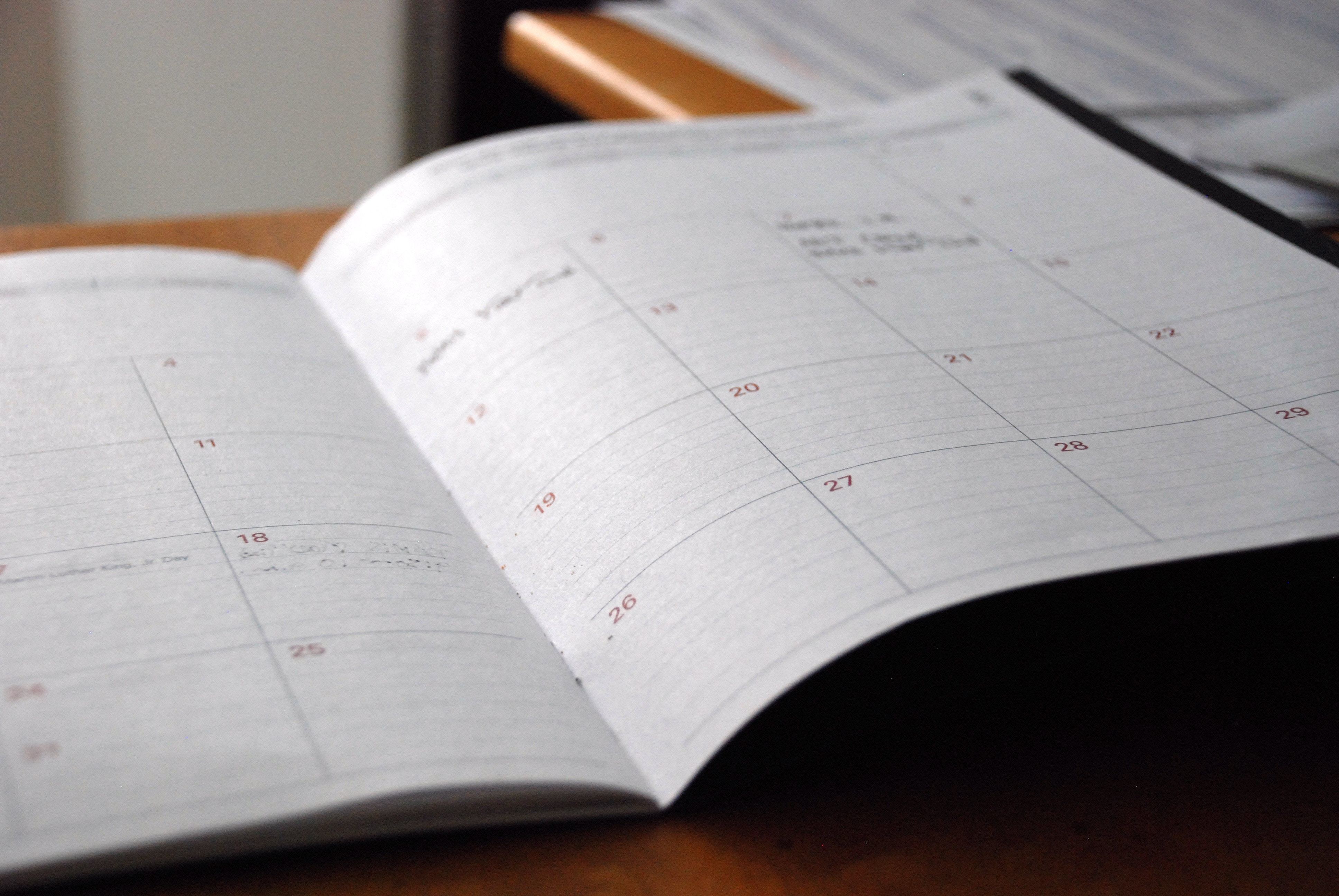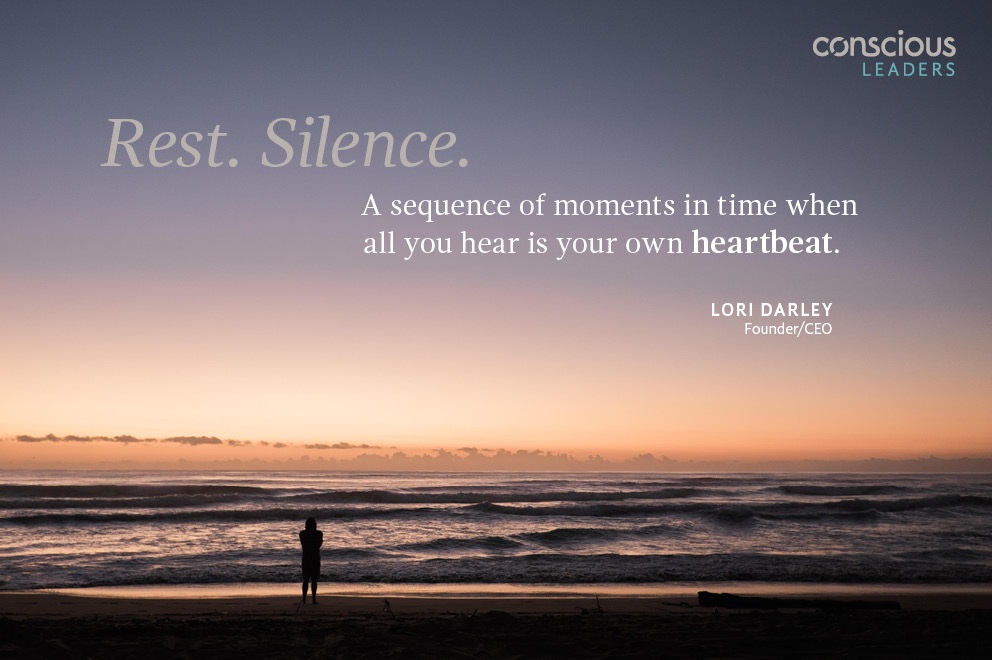The Best Laid Plans: Feedback, the Second-City Comedy Troupe, and Near-Disaster
Co-authored with Agata Antonow
I couldn't have been more prepared. I had practiced for hours and in the run-up to delivering my practicum at Conscious Capitalism in Chicago, I had quickly organized two test-drive pilots in Dallas. I had spent weeks carefully vetting the material until I felt confident that my program about receiving and giving feedback would provide value. It was also important to me that people had fun and were entertained.
I arrived early on the day before my program and quickly went about meeting the participants at the Chicago conference. Conscious Capitalism is a movement founded by John Mackey of Whole Foods Market, and the organization embodies many of the values I embrace. While I have been involved in the responsible business movement for over twenty years, I didn't know this particular group of folks. However, as the conversations unfolded, I saw the people in this organization were the real deal. They were mission-driven and committed to their businesses of making a positive impact in the world. Yes! This was a group I wanted to be part of. It’s still a group I want to play with! As the day progressed, I enjoyed making connections.
After a full first day, I was really looking forward to being in the audience for the evening session. The conference organizers went out on a limb and invited the Second City Comedy troupe to the stage. But I would soon realize the troupe wasn’t there to do their usual schtick. Their purpose on this night, the night before my morning session, was to connect the principles and practices of comedy improv to conscious leadership.
Uh-oh. This was all beginning to sound vaguely familiar!
As the program began, they put us through a few practices I have incorporated into my own work. We explored the idea of shifting from “yes, but” in a conversation to “yes, and...”, which is a really great way to release your own agenda to listening more intently for the other person's point of view. I even got up on the stage as they played a short game of “Statues” to illustrate how in real life, we often take a stance but may not bring our full awareness to how our “stand” can impact the other person.
Having done both comedy improv and stand-up workshops myself, I felt really jazzed by these connections. At first. Then panic set in.
As I continued to witness this amazing group of performers, I realized with growing horror they were making all the same points that I planned to make the following morning—points around generous listening, being unconditionally supportive of the person you're giving feedback to, managing your own need to take the spotlight. They were sharing some of the same ideas I was prepared to explore—even if not to the letter—and I began to believe they were way more entertaining and way more funny than I would ever be. They would be a hard act to follow, I realized, feeling queasy.
I was really thrown, at an existential level. What do I do? What changes can I make?
I went up to my room and prepared for bed. I went through my opening remarks as I had practiced a thousand times. But this time, I kept messing it up. I stuttered. I judged myself. I had second thoughts about the whole thing. This did not bode well for the next day.
And then a small voice from within said, stick to your plan . Weave the wisdom and humor you heard tonight into your program. Despite that calming voice, some doubt persisted and I tossed and turned my way through a nearly sleepless night.
I woke up super-early, dressed quickly and went downstairs to check out the shape of the room. I had submitted an unusual layout and they almost got it right—but not quite. I knew that a lot more people were signed up than we had chairs for, so calls were made and I began moving chairs into the configuration I envisioned.
All I can say is that it was probably a good thing that the room wasn't set up quite right. It forced me to get present, get in action and attend to what needed to happen. I immediately went into production mode and realized this was one thing I could control. I set up my computer, got the sound checked, and somewhere in there, I managed to get a bite of breakfast.
About forty-five minutes before the session I had a great “green room” moment with Corey Blake, another friend and presenter at the conference. I talked with Corey the night before and asked him if he wanted to warm-up together as he was slated to open the entire conference that morning. Except for the videographer who was also setting up in my room, Corey and I played together. We breathed. We howled, laughed and sang made-up songs. We loped and jumped and shook our bodies beyond anything resembling “normal.” I'm sure the videographer thought we were crazy. Or maybe he was missing an opportunity to get some great ransom footage.
Whirling around at one point, I realized that the way I held my body had shifted. The night before, I had been tense with worry and my stomach had seized as I considered the possibility my presentation might sound like a humorless version of the Second City performance. As I danced and shimmied and laughed out loud, those fears and doubts melted away. I was fully present and just having too much fun to fret.
And in taking the time to play, Corey and I both got out of our heads and away from our concerns around looking good. And I realized this is what I was here to do. To play. Second City had given me access to something that is with me all the time: They reminded me that I was here to have fun. All I needed to do was to simply share what I had prepared with an audience who was eager to hear my words. I was asking people to try on a new way of being as they approached a pretty typical business conversation, so it made sense I had to attempt a new approach to my situation.
What I was teaching I had to embody myself. I was asking people to make a mental shift and contribute to another person in the way they gave feedback. I couldn't lead that session if I was worried about what they thought of me. My reaction to Second City made me see feedback in a different way. I realized I had become overly invested in feedback that hadn’t even happened yet, imagining that the audience would look at my work and see it as a pale copy of Second City. It’s what we often do in our work lives: imagine negative feedback in our heads that will likely never materialize. I had to stay grounded in reality and be generous in listening for actual audience feedback, rather than picturing their reactions. I needed to be present and confident that it would all unfold as it should.
It unfolded. Perfectly? Probably not—and that's the point. There's no such thing as perfection, especially when you're presenting and creating experiences for people. Making a plan and rehearsing that plan are great, but don’t get too attached to your plan. It turns out to be mostly improvisation anyway. Second City reminded me that being present and open and vulnerable are better success strategies for being with people than trying to impress them with your point of view. And I needed to lighten up and release my own attachment to looking good and being a significant “player” in this space. In many ways, Second City gave me the gift of letting go of all of that so that I could more powerfully support my own audience as they made powerful shifts in their lives.



